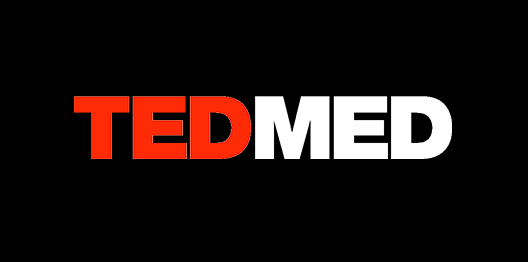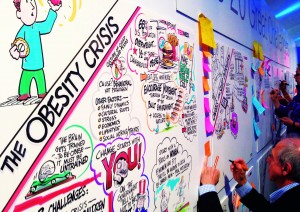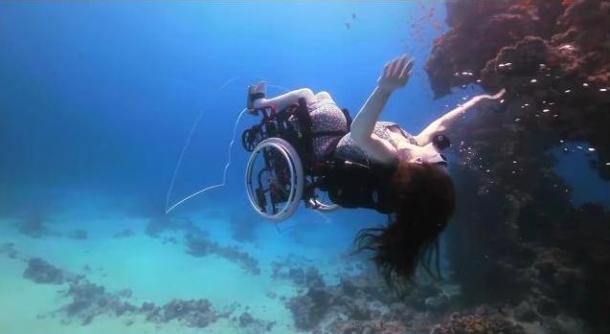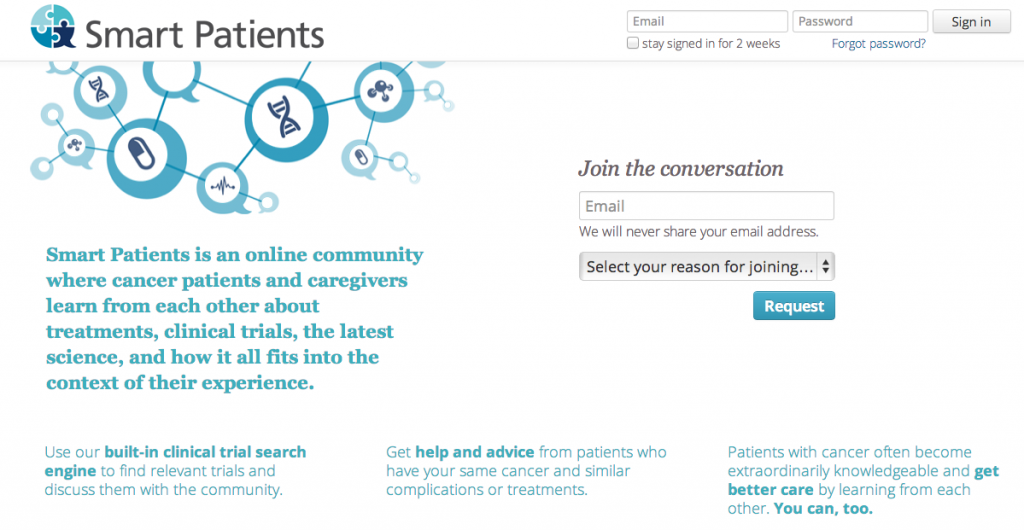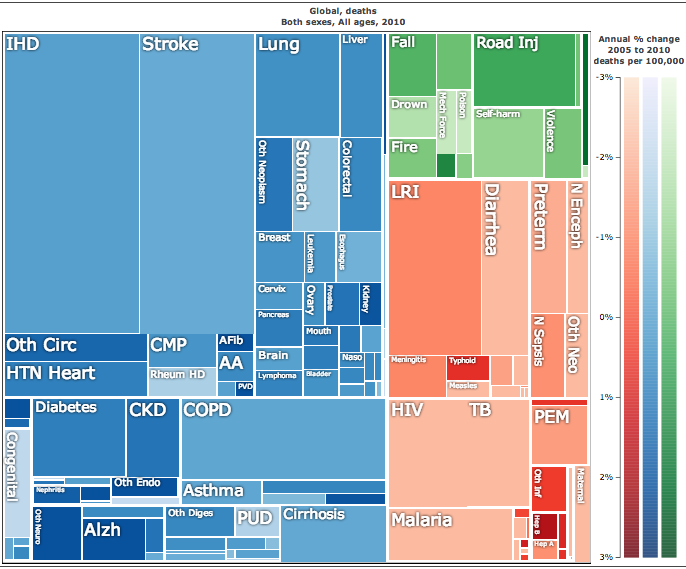Highlights from TEDMED 2013
TEDMED 2013 in Washington DC was an unforgettable experience. The Rock Health team joined 1,800 thought leaders from across the country to hear brilliant short talks, experience imaginative art performances, and connect with others seeking to change healthcare.
Here are some of our favorites:
1) Jonathan Bush, CEO of athenahealth, passionately pushed entrepreneurs and established players to open the market so everyone can be more successful in improving care and lowering costs. He believes that innovation will come from outside of the system. Bush’s diagnosis? URQS—upper right quadrant syndrome—”trapped profit motives.” Bush offered a potential solution: moving care delivery to those outside the traditional model. This was a must watch for entrepreneurs.
2) Mayor Mick Cornett put Oklahoma City on a diet after it was named one of the most obese cities in the United States. He built a successful marketing campaign around a simple site—This City is Going on A Diet—which sparked conversations in homes and the larger community. He endorsed a redesign of the city’s infrastructure for people rather than cars. They added a central park, widened sidewalks, and introduced a public transit system.
3) The HIVE was abuzz, with everything from entrepreneurs demoing, deep discussions around the 20 Great Challenges, and physicians performing mobile physicals using phones and mobile health monitors like Cellscope’s otoscope, the Withings blood pressure sensor, and AliveCor’s iPhone EKG. Rock Health companies were well-represented in the HIVE with Achievemint, Beyond Lucid Technologies, Docphin, NeuroTrack, Neumitra, OmadaHealth, and Wellframe.
4) Richard Simmons – enough said!
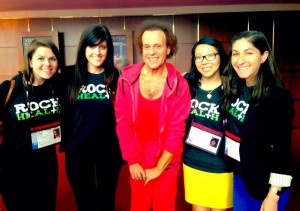
5) Laura Deming shared her story of working on a nematodes experiment with Corey Goodman in which one genetic mutation increased the life span and health of the nematode dramatically. Ever since she has been obsessed with curing aging. After beginning work with nematodes at 12, she matriculated at MIT at 14, and now at age 19 is a partner at The Longevity Fund.
6) Freewheeler, Sue Austin, is an artist that provoked the audience to open their thinking of what is possible with her underwater wheel chair. Take a look at her underwater wheel chair here.
7) Susan Desmond-Hellmann, Chancellor of UCSF, called for patient partnerships and engagement to help our overworked care providers in this system. She indicated that we expect too much of our doctors — “50% of all doctors show at least one symptom of burnout, ” she said. She is calling for partnerships between patients and physicians to help drive the healthcare revolution.
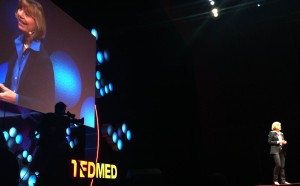
8) Gary Slutkin, an epidemiologist, shared the origin of the incredible program, Cure Violence. After spending over a decade in Africa and Asia at the World Health Organization, he noticed that violence patterns were very similar to an infectious disease epidemic — incidence was clustered by location and it came in waves. Slutkin uses the principals of epidemiology in violence intervention programs–he applied his experience to develop the Cure program, a network of violence intervention workers in inner cities. In their first year in W. Garrdield Center they were able to decrease violence rates by 67% with their interventions.
9) Roni Zeiger, M.D. the former Chief Health Strategist at Google, and Gilles Frydman launched Smart Patients. Smart Patients is an online community where cancer patients and caregivers learn from each other about treatment options, clinical trials, the latest science, and how it all fits into the context of their experience.
10) For all the data geeks in the audience, Christopher Murray demoed his web application that enables you to play with a billion data points on health outcomes from every country in the world, drilling down to the county-level in the US. These data points can be transformed into a range of interesting visualizations. Make sure you set aside at least an hour to play this one.
11) Andrew Solomon writes about politics, culture, and psychology, and recently published “Far From the Tree: Parents, Children, and the Search for Identity.” His talk on how an illness can become an identity moved the entire audience to give what was one of the longer standing ovations of the entire conference.
Stay tuned for the release of the videos from TEDMED.
